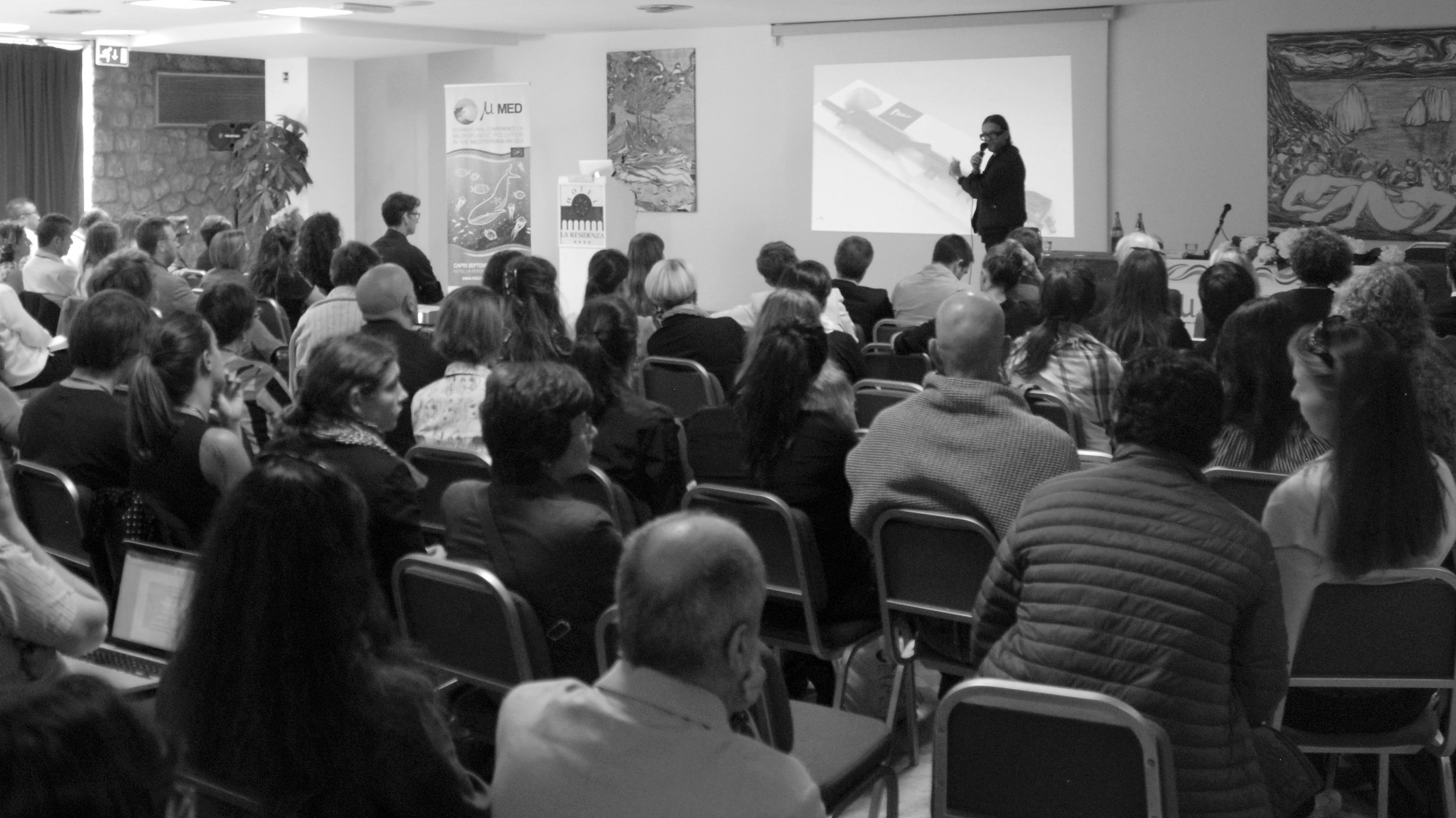International Conference: Microplastic Pollution in the Med Sea
It is now well-known and documented that plastic pollution poses a massive and growing threat to the health of the marine environment and the life it supports, e.g., humanity. However, information about one of the most widespread and potentially dangerous forms of marine plastic pollution is only just beginning to emerge in scientific and public consciousness, with solutions proving equally elusive.
The discovery of the presence of microplastics and even smaller nanoplastic particles in the marine environment represents an unexpected and alarming twist in an already complex set of environmental challenges.
Parley founder Cyrill Gutsch recently delivered a keynote address on the issue at the International Conference on Microplastic Pollution in the Mediterranean Sea (μ MED) held in Capri, Italy. From September 26-29th, 2017, the scientific community and stakeholders came together to discuss the sources of the problem and various pathways toward its resolution. In the absence of clear cut solutions, Parley puts forward a strategy: Parley AIR — our scalable, flexible formula for driving realistic change at all levels (individual, business and government). In his keynote, Cyrill discussed the thinking and success of this approach, as well as the opportunities for economic improvement and growth that eco-innovation fosters.
What are microplastics?
Microplastics are defined as plastic fragments smaller than 5mm in length, which are able to pass through wastewater treatment plants, accumulating on shorelines and eventually reaching marine ecosystems, where they are difficult to see and retrieve and readily ingested by wildlife. Microplastics represent a serious risk not only to marine flora and fauna, but also to human health. It is an invisible threat to which we all contribute, often unknowingly, through our daily routines.
Among the biggest known sources of microplastic pollution are: car tires; synthetic fibers which shed from clothing with wear and in the washing machine; microbeads in cosmetic products; larger pieces of plastic which break apart into smaller and smaller pieces; and resin pellets used in the manufacturing of virgin plastics.
Parley is working to strengthen scientific understanding of the complex threats and most viable steps toward solutions with a dedicated council through which industry leaders, materials experts, and marine scientists come together in collaborative workshops to exchange knowledge and ideas, form new alliances, and address and fill large gaps in scientific data.


















